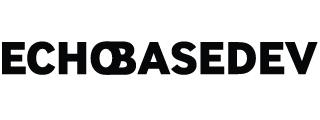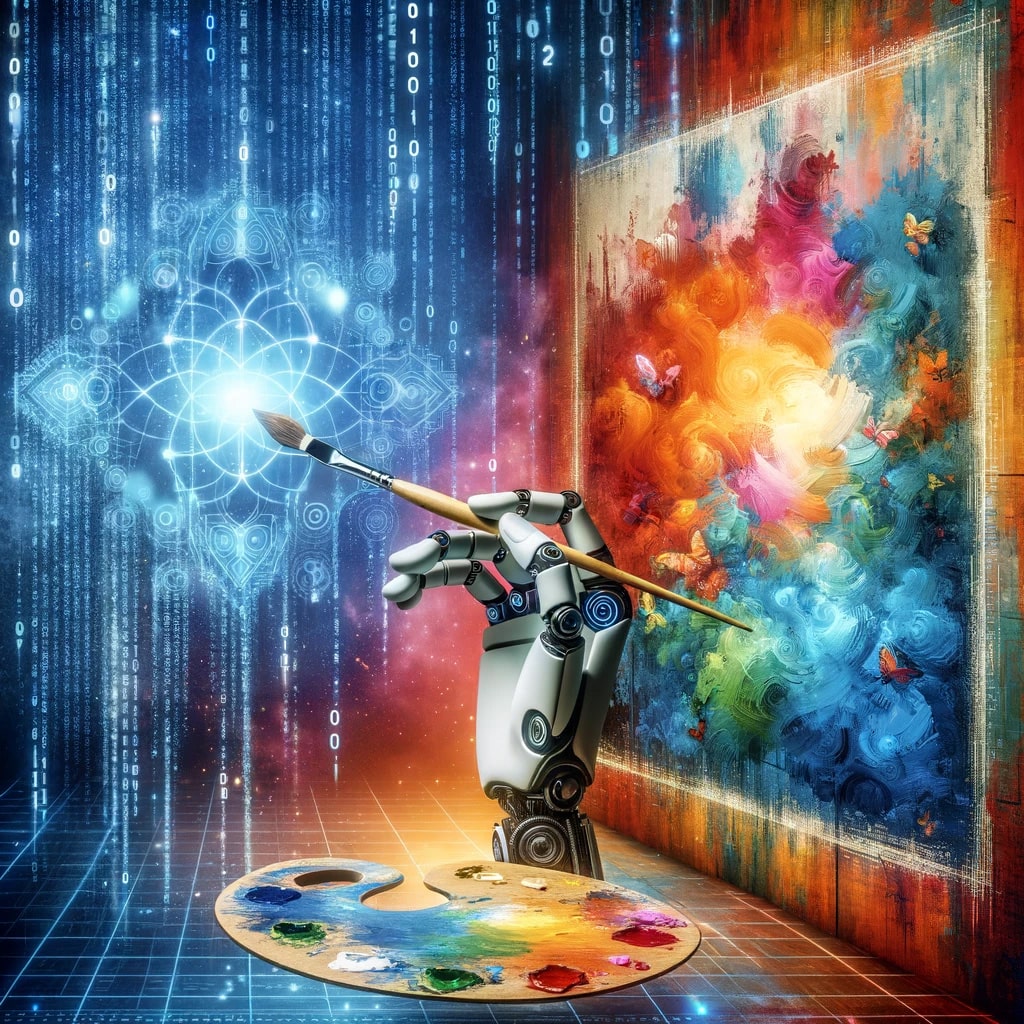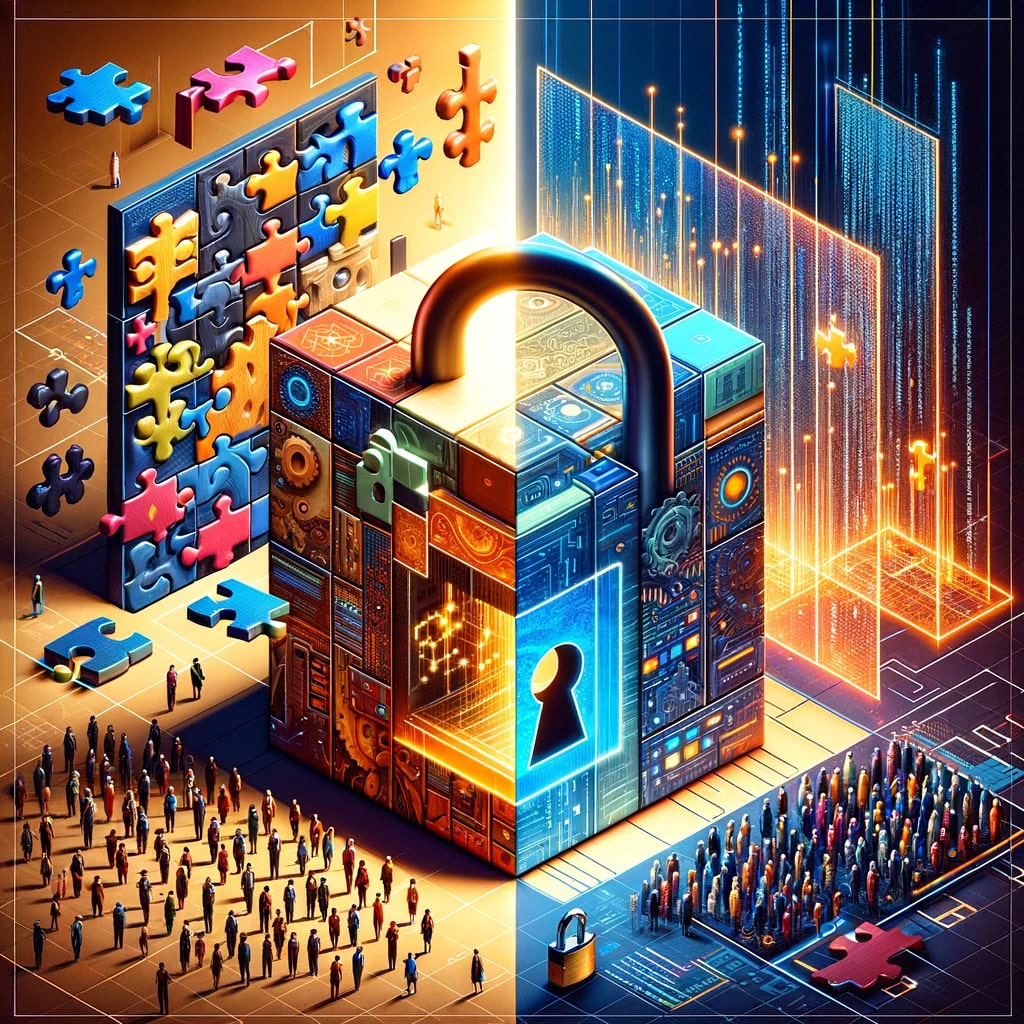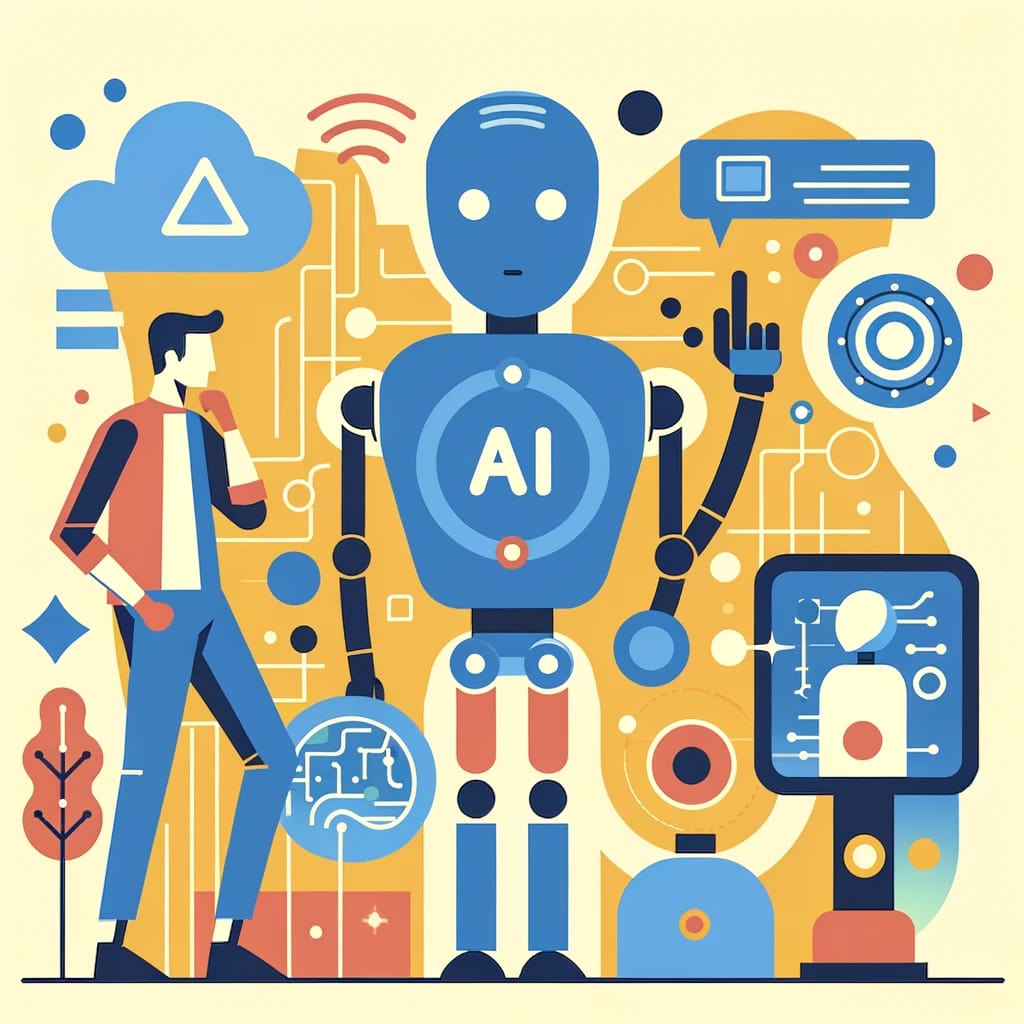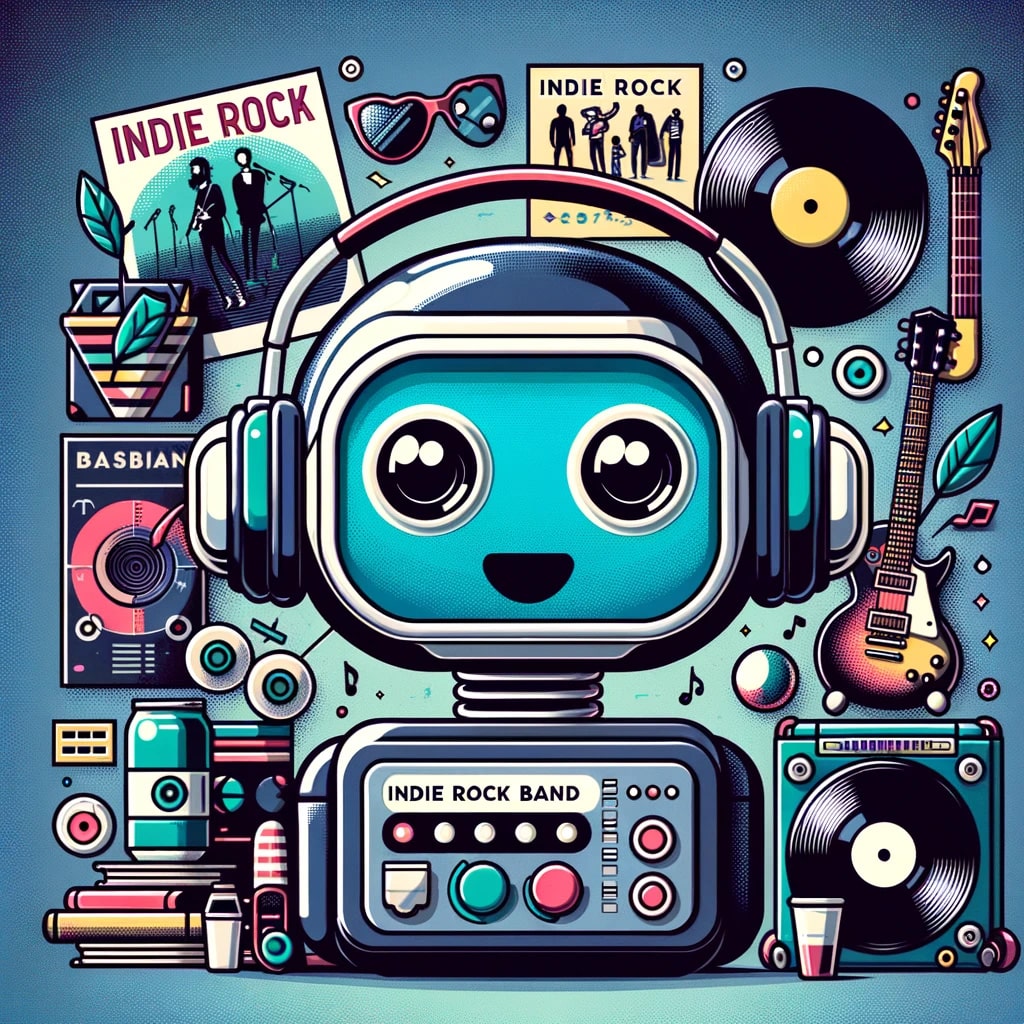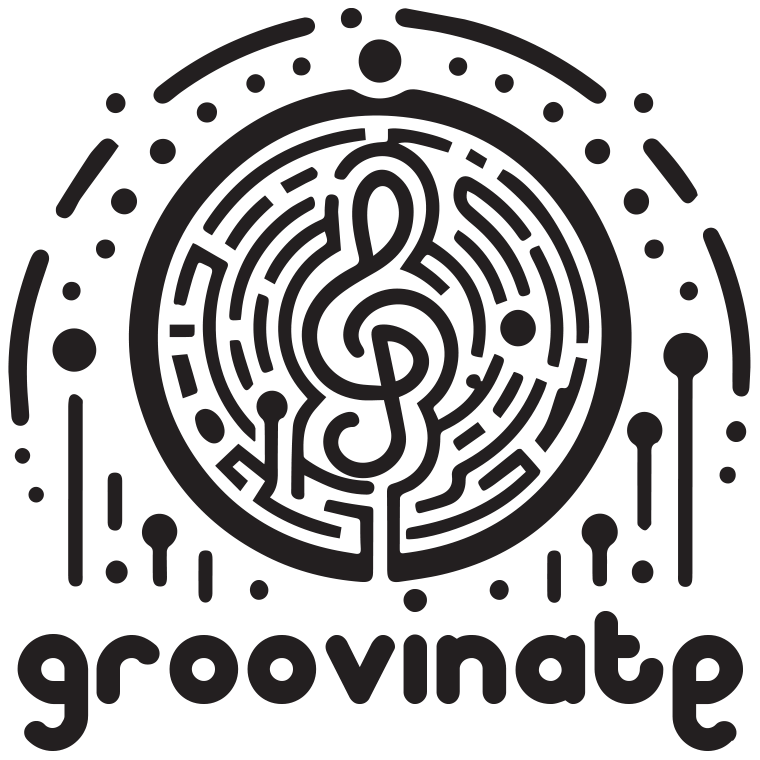AI and Creativity: Finding the Balance
Throughout history, art has reflected our technological advances. Today, AI isn’t just a tool for artists – it’s becoming a creative partner, transforming how we think about art, music, and literature.
What started as simple experiments with algorithms mimicking artistic styles has evolved dramatically. Now we see AI creating original artwork that resonates with audiences – like the “Edmond de Belamy” portrait that sold for $432,500. AI music composers and writers are blurring the lines between human and machine creativity.
This raises fascinating questions: Can machines truly be creative? Does AI-generated art carry the same emotional weight as human-made work? I believe this isn’t about competition but collaboration – AI offers new tools that expand what’s possible.
The Rights Debate
One of the hottest issues is artists’ rights. When AI models are trained on thousands of artworks without explicit permission, we face serious ethical and legal questions. Many artists feel their rights are undermined when their work trains commercial AI systems without their consent or compensation.
Current copyright laws weren’t designed for this technology, leaving artists in a difficult position. We need better solutions: clear consent mechanisms, fair compensation models, greater transparency from AI companies, and updated legal frameworks.
Balancing Innovation and Artistic Integrity
The central tension is whether AI dilutes the authenticity of creative expression. Critics argue AI-generated art lacks the human connection and lived experience that gives art its depth. But proponents see AI as expanding creativity, allowing artists to explore techniques that would be impossible through traditional means.
The question of who owns AI-created work is complicated. Is it the AI developer? The person who entered the prompts? The AI itself? And should AI-generated art be labeled as such?
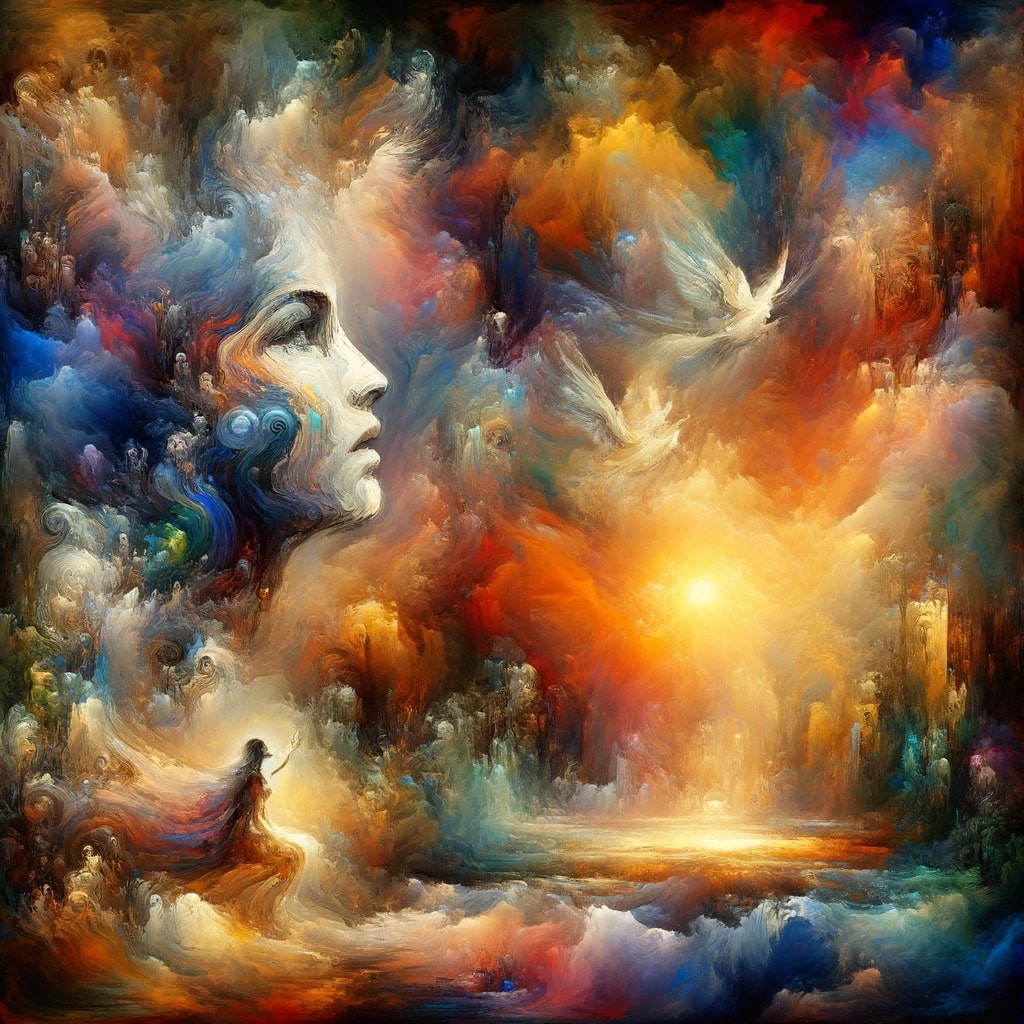
An evocative and emotionally charged AI-generated artwork that showcases the capability of artificial intelligence to capture and convey deep human emotions. The image should depict a scene or abstract composition that resonates with themes of hope, longing, or joy, using a rich palette of colors to evoke a strong emotional response. This piece should illustrate the nuanced understanding that AI can have of human emotions, demonstrated through the intricate play of light, shadow, and color, creating a powerful visual narrative.
Job Market Impact
There are valid concerns about AI displacing creative jobs. But creativity is fundamentally human – driven by our experiences, emotions, and interpretations. Instead of seeing AI as competition, we can view it as a collaborator that handles repetitive tasks while we focus on the emotional, nuanced aspects of creation.
The challenge is adapting our education systems to prepare creative professionals for this new reality, emphasizing skills AI can’t replicate – emotional intelligence, critical thinking, and nuanced judgment.
Moving Forward Together
We need artists, technologists, ethicists, and policymakers working together to create ethical guidelines for AI in creative fields. These guidelines should address authorship, copyright, and fair distribution of benefits.
At echobasedev, we recognize the delicate balance between innovation and respecting creators’ rights. We’re committed to solutions that advance AI while protecting artists’ rights and compensation. Our project Groovinate is one example – using AI to help users discover new artists based on their favorites.
The future of creativity remains unwritten. Let’s ensure it’s bright, inclusive, and deeply human – honoring our creative legacy while embracing AI’s potential.
